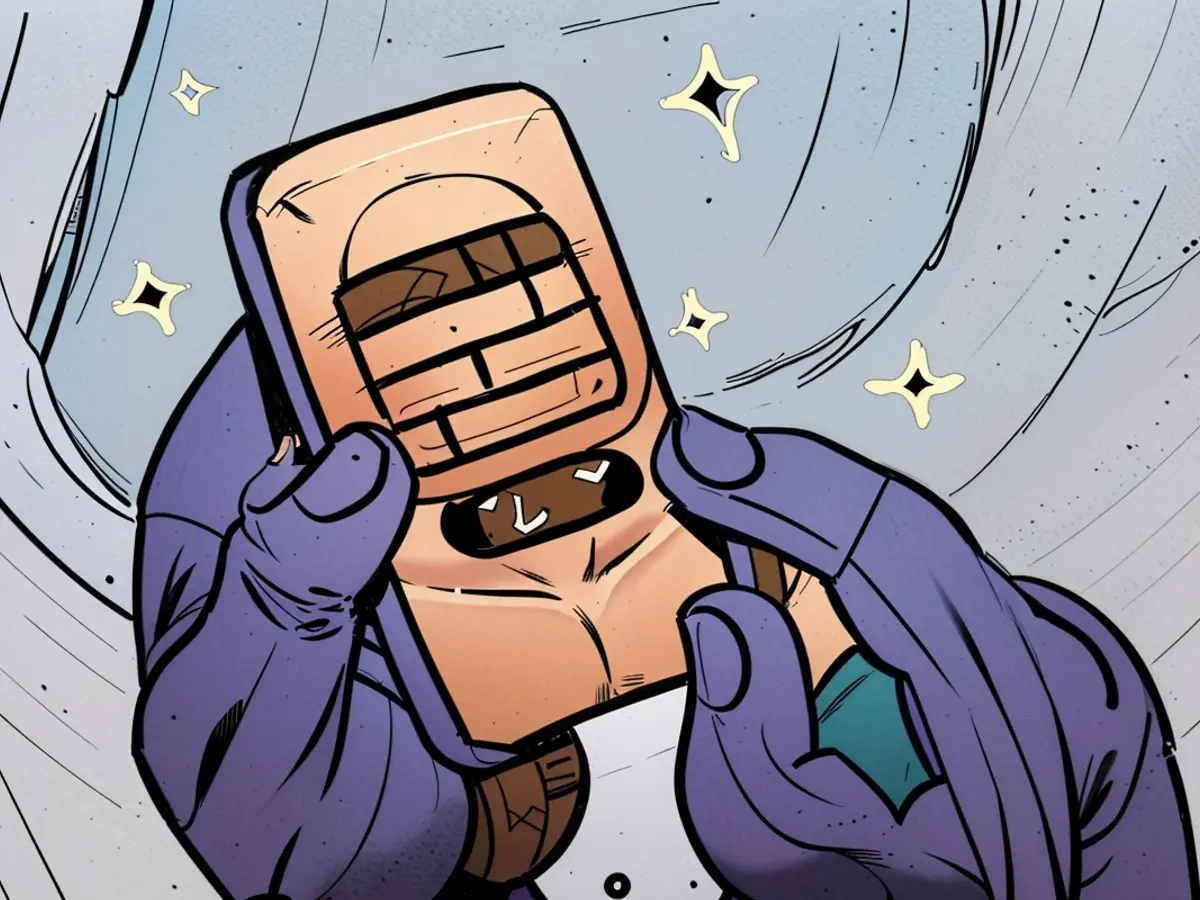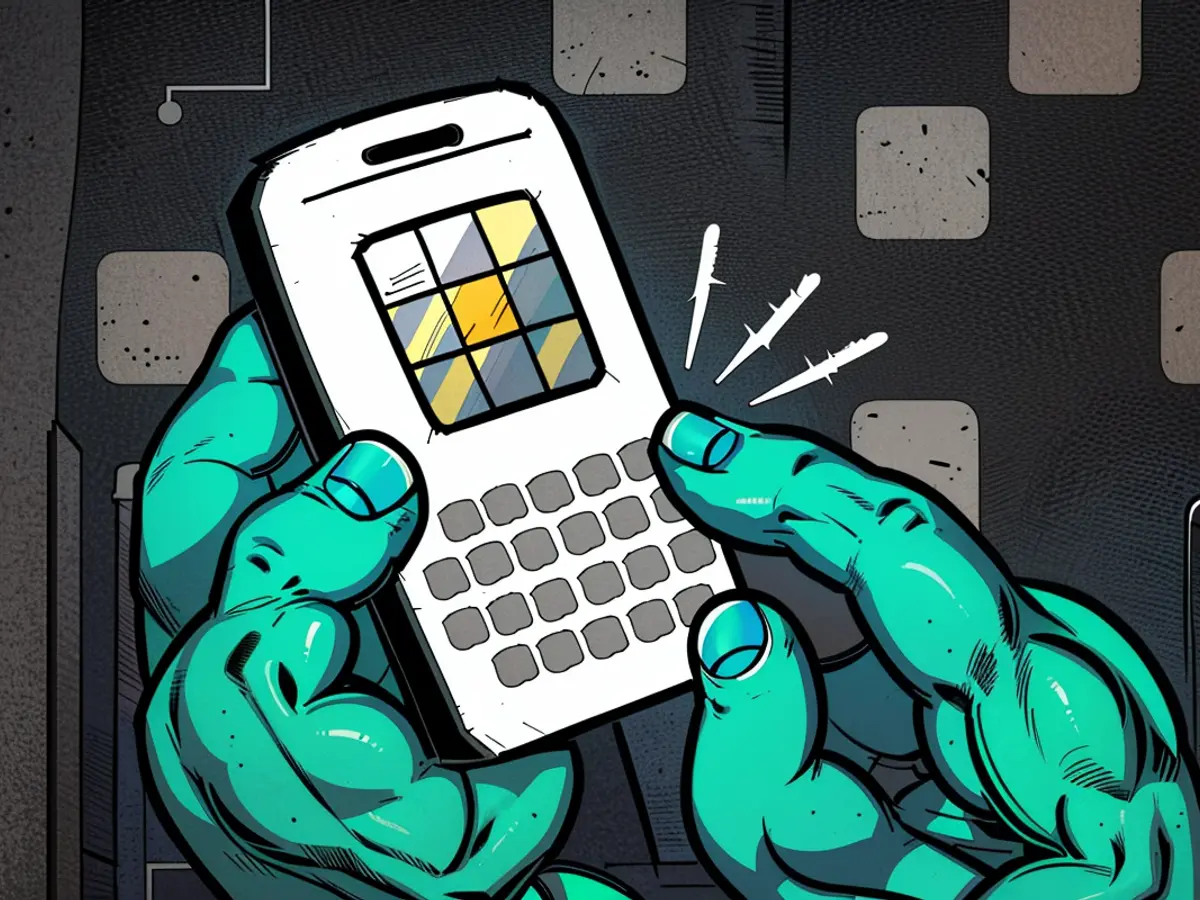Avoid These Mistakes All Beginner Gardeners Make
In an ideal world, you could just put plants or seeds into the ground, add water and sunshine, and a garden springs up before you. If you’ve ever tried that, though, you know it can be frustrating when that doesn’t happen and you end up with stunted plants, poor fruit, disease—or nothing at all. You build experience and skills with gardening over time, but when you’re starting out, everyone makes the same mistakes. Here’s how to avoid them.
Poor soil/over fertilizing
I cannot stress enough how important the soil is for successful planting. Garden soil needs to have a balance of nitrogen, potassium and phosphorus, but also trace elements like calcium. On top of that, it needs to retain water without having so much clay that it doesn’t drain. As a last layer, you need the pH to be about average, neither too basic or acidic. The average person has no good way to know if you’re hitting all those markers, so the best way is to send your soil out for a test. Once you understand what’s in the soil, you can amend it.
On the flip side, if you’ve added too much of one amendment and the soil is too nitrogen- or phosphorus-heavy, that can also negatively affect your plants. Not to mention adding too much fertilizer, which can burn plants.
The solution is the one that everyone puts off doing: Test the soil.
Planting out of season
Peas are not summer crops. They're spring and fall crops, and while the distinction might seem small, trust me, it’s not. Plant peas too early in the spring, you get bupkis; too late, and the heat fries them. Tomatoes, meanwhile, can’t go into the ground until overnight temperatures remain steady at 60 degrees, at least. When you plant out of season, you’re dooming your plants to failure.
To prevent this problem, rely on apps or local planting calendars, which your nearby nursery will have. They will tell you what you can direct seed or plant at any given time. Stick to the list for the best chances of success. Still, it's important to understand that the calendar is a best guess, and the weather changes. Join a local gardening group, in person or online—there, the discussions about when to plant and when to put off will help you strategize at home.
Planting too close together
When plants are smol, it's easy to plant them too close together. Particularly when you have limited space and you want to maximize how much you can plant. However, the recommended spacing is there for a reason. While I, more than most, understand the temptation to “crowdscape” your garden, recognize the downsides. You’re limiting access to resources like sunlight, water, and root space. You’re putting plants at greater risk of virus and fungus since there’s less airflow. There’s also just less room to grow, as every one of your plants is going to at least double in size. While you can play a little fast and loose with spacing, don’t go bonkers, and if you do play fast and loose, recognize the trade-off.
Not watering enough/watering too much/watering the wrong way
Watering plants the right way doesn’t have to be a mystery. Keep some simple guidelines in mind: you want to water early in the day. Sunrise is a good time. You want to water at the root of plants, not overhead, which can cause the water to bounce off the soil and back onto plants, carrying every pathogen in the soil with it. You want to water enough so that if you stick your finger into the soil about six inches down, the soil is moist but not soaking wet. And you want to ensure it remains that way.
To do this, set up drip systems, soaker hoses, and timers. While there’s great serenity to hand watering, ultimately we do more damage than good through this method of inconsistent, overhead water. You want consistency. When you don’t have it, some plants will have curling leaves or turn yellow, or in the case of tomatoes, get tomato blossom rot.
Not knowing when to call it quits
If there is an arrow to the heart of gardeners, it is culling plants. Even thinning radishes hurts until you get used to it—you grew that, and cutting it out to trash it is painful. But experienced gardeners also know that if you do not sacrifice plants that show signs of disease early, they will spread virus and fungus to others, and you will lose the whole lot. Experienced gardeners know that in order for one seedling to grow, you have to chop the other seedlings that are too close. They also know that when you do all this culling, you must do so with sanitized hands and pruners, so you are not spreading more virus and fungus.
While testing the soil is crucial to avoid over-fertilization and poor soil conditions, which are beginning gardening mistakes, planting out of season is another mistake to avoid. Rely on apps or local planting calendars to ensure you're planting at the right time for each crop. This will help prevent stunted growth or failure due to excessive heat or cold.








